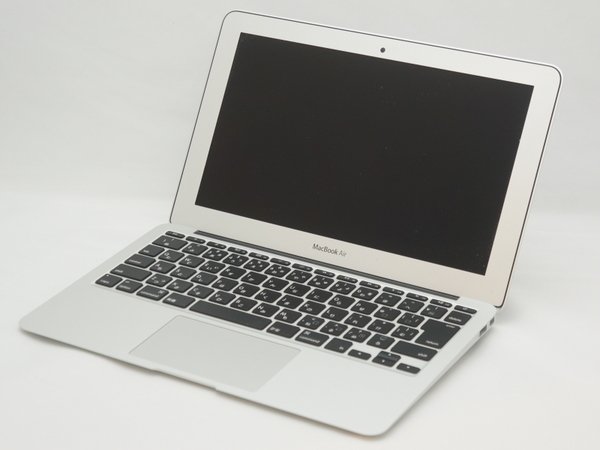
And what I noticed over the past few years is that the built-in software for Mail and Calendar and Contacts in MacOS X got less useful with every iteration of the operating system from Mountain Lion (10.8) to Mavericks (10.9) to Yosemite (10.10). For work I used mostly Windows machines and at home it was mostly Macs.

I’ve been using both Windows and MacOS devices essentially in parallel for the last 15+ years. You may ask why anybody would want to convert a MacBook Pro into a Windows 10 laptop in the first place. I’m very happy with the result and this is now going to be my main laptop for all my business trips (and vacations) going forward.

In fact, startup times, as well as time to wake from sleep, are slightly better than under MacOS, and all of the software, including Office, Adobe Creative Suite, etc., appears to perform better as well. The process was surprisingly straight-forward, and the machine runs extremely well with all hardware features fully supported, including the high-resolution screen (“Retina display”), integrated camera (“iSight”), WiFi, Bluetooth, and all external ports. I have tried using ExFat on the USB stick, which works up to a point, but is not able to install Windows 10 onto the Mac, presumably because the partition created by bootcamp is also FAT format.With the recent release of Windows 10, I embarked on a fun weekend project to convert my old MacBook Pro laptop (late 2013 model) into a new Windows 10 laptop. The Bootcamp software itself cannot download windows, giving a "not enough disk space" error, despite disk space being available, because of the FAT32 file size limit issue listed above.


Using Bootcamp on a Macbook Air 2013 (Mojave) to install Windows 10 on a partition (as I have done several times in the past) I found the process no longer works!


 0 kommentar(er)
0 kommentar(er)
